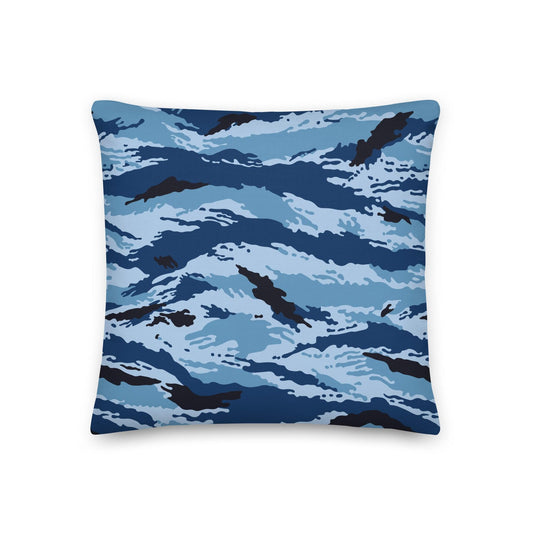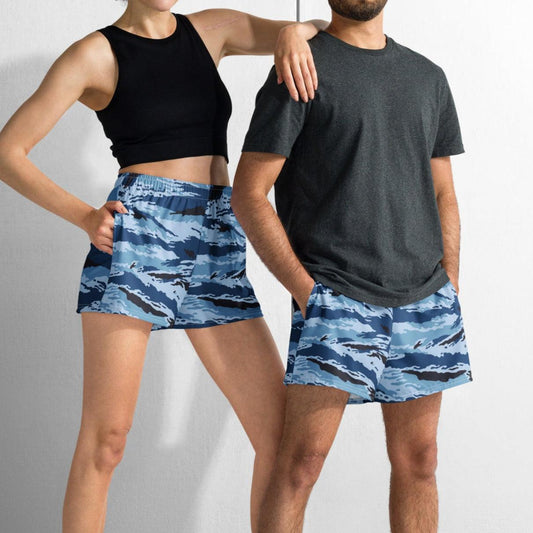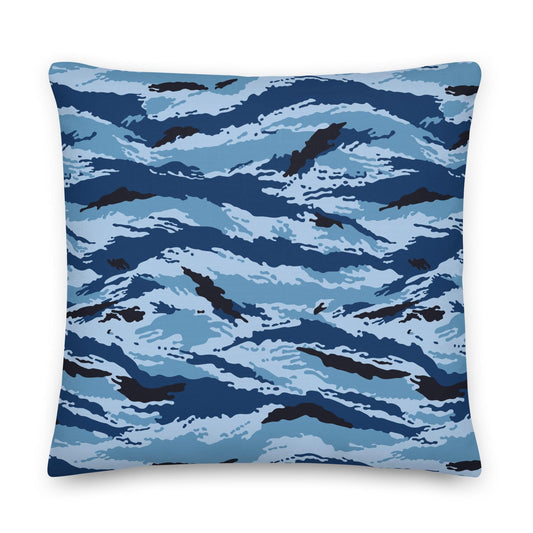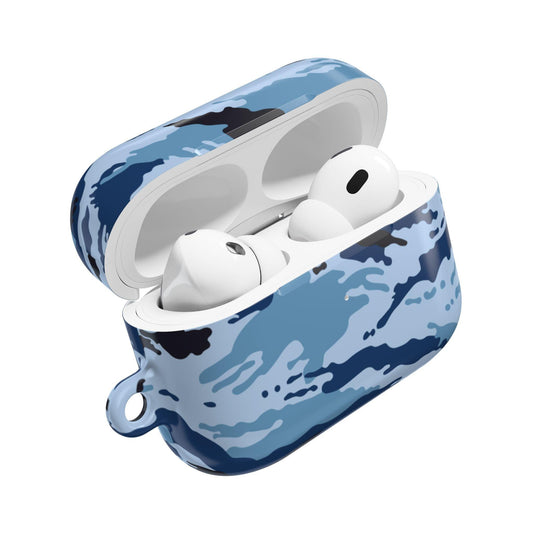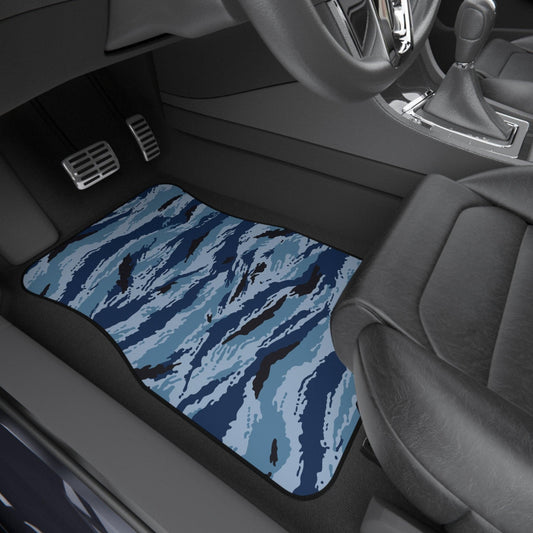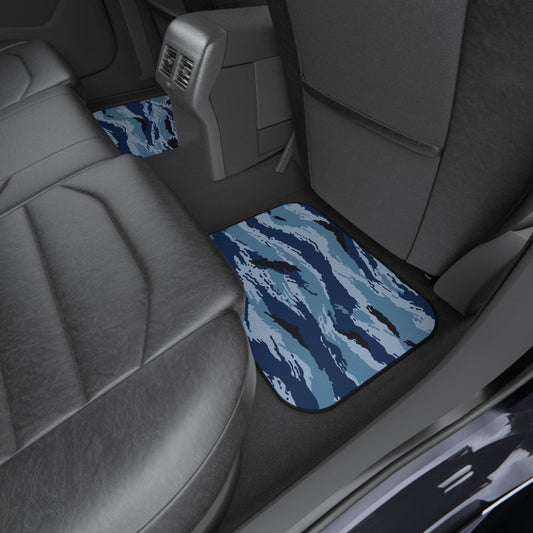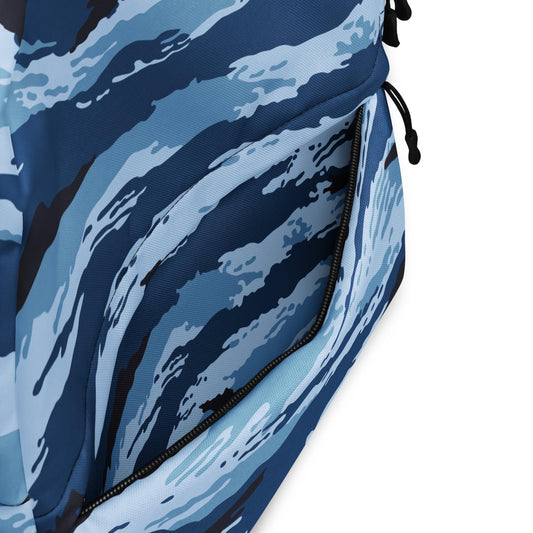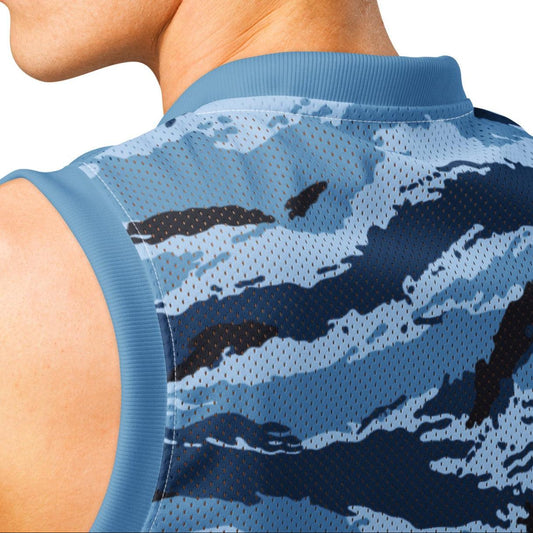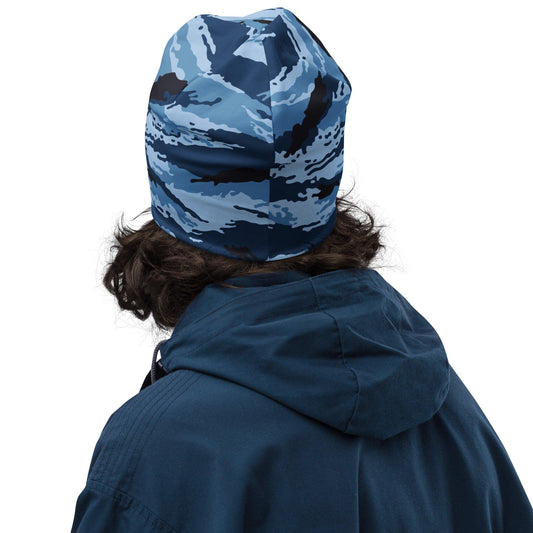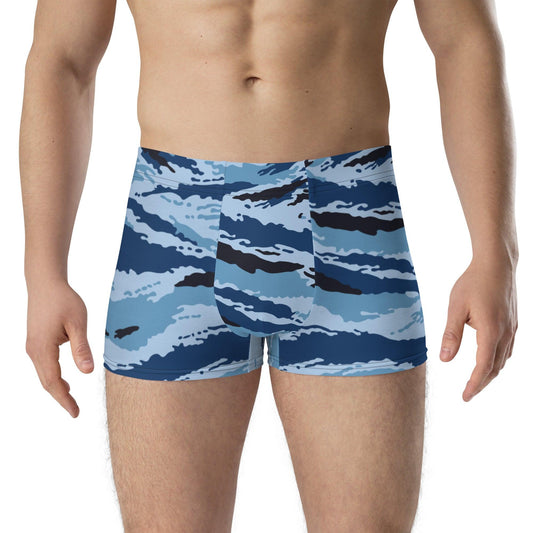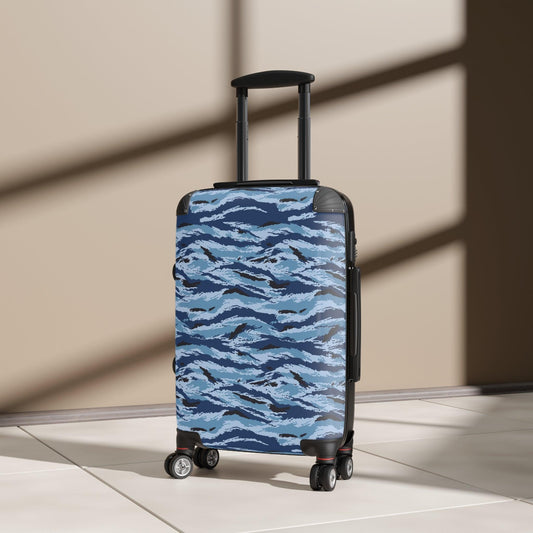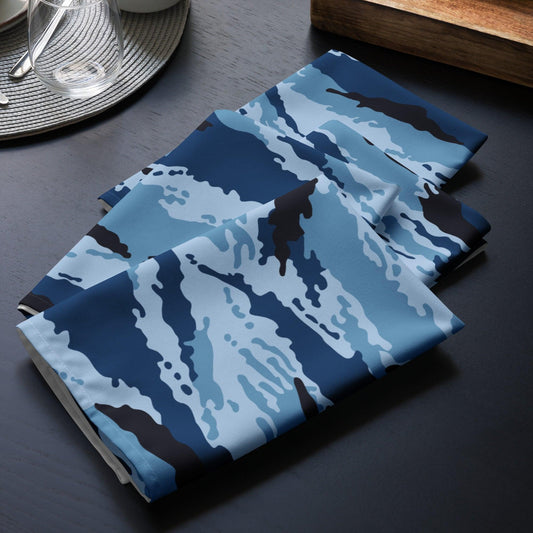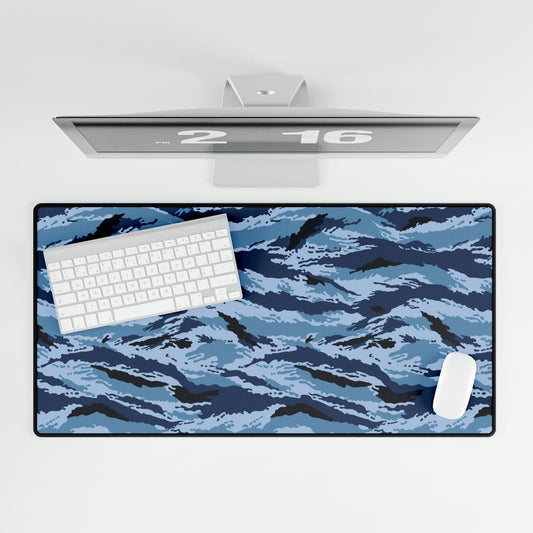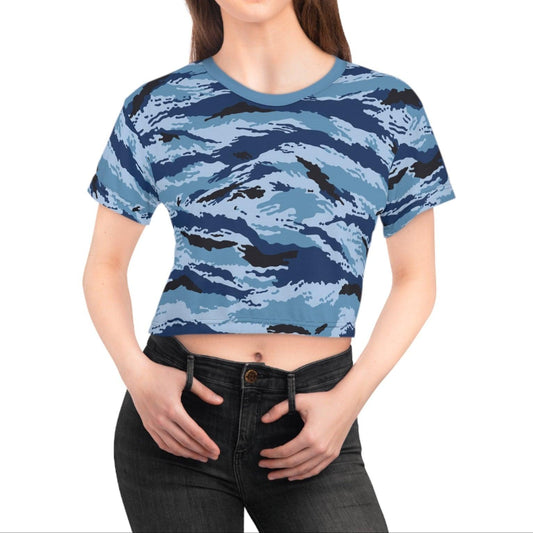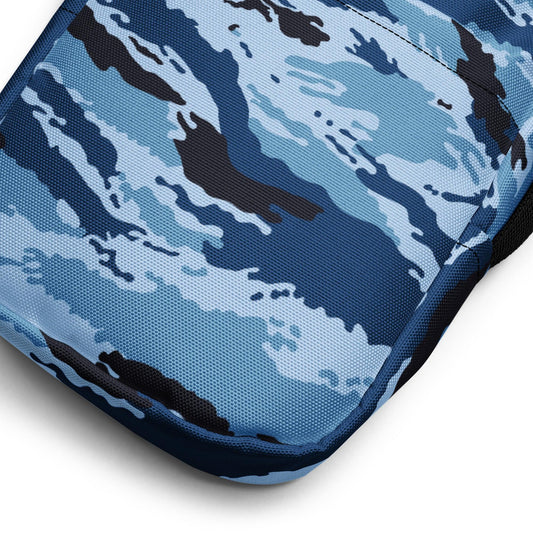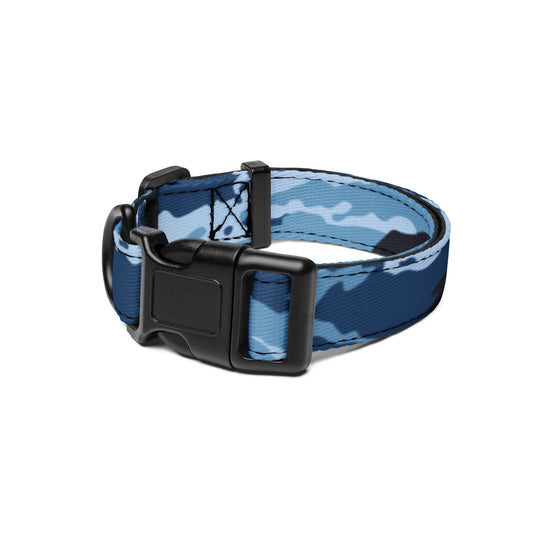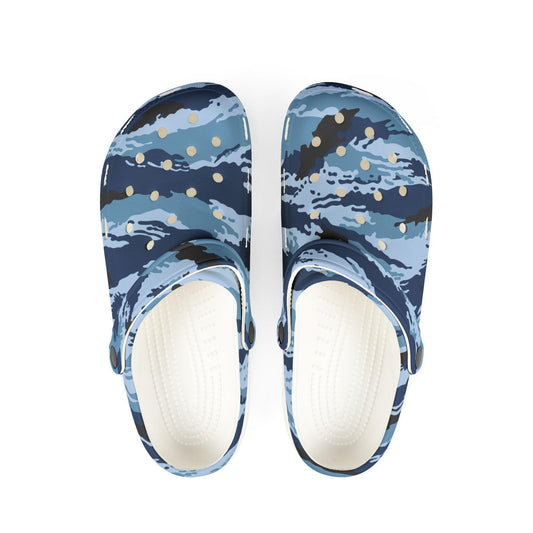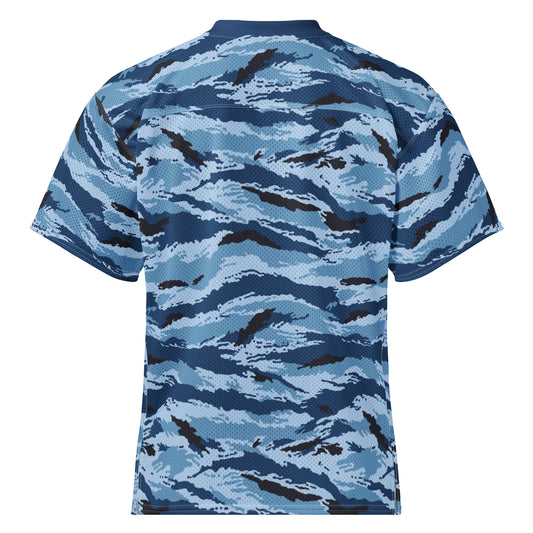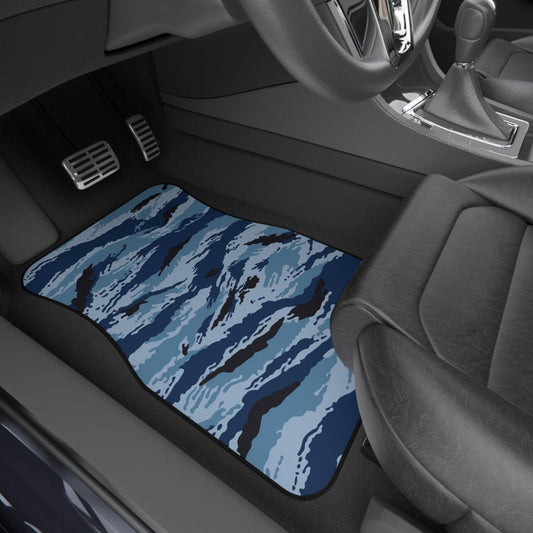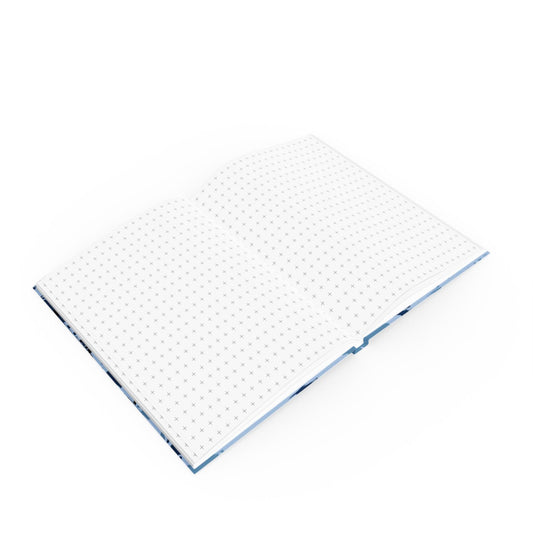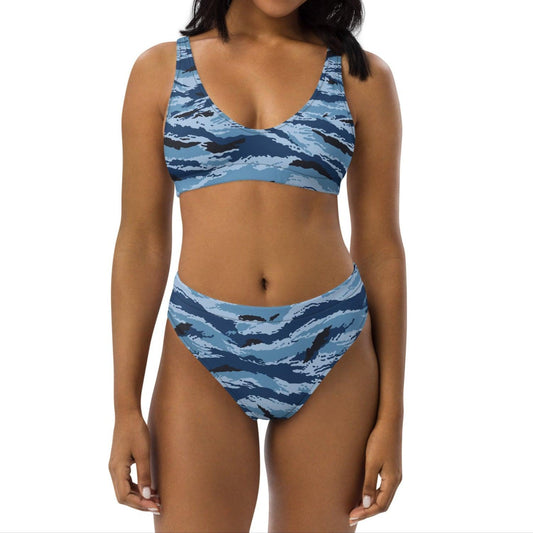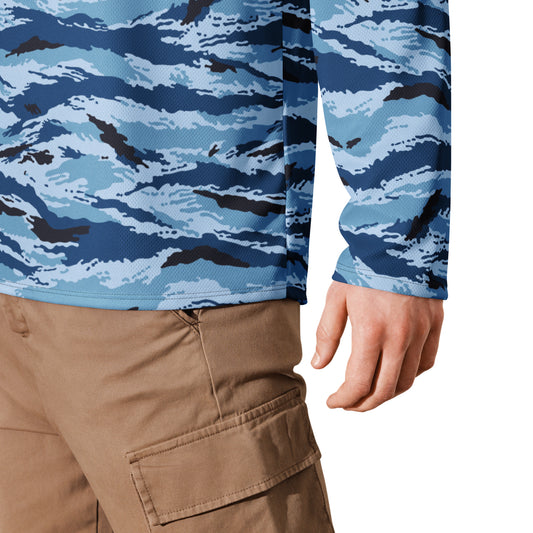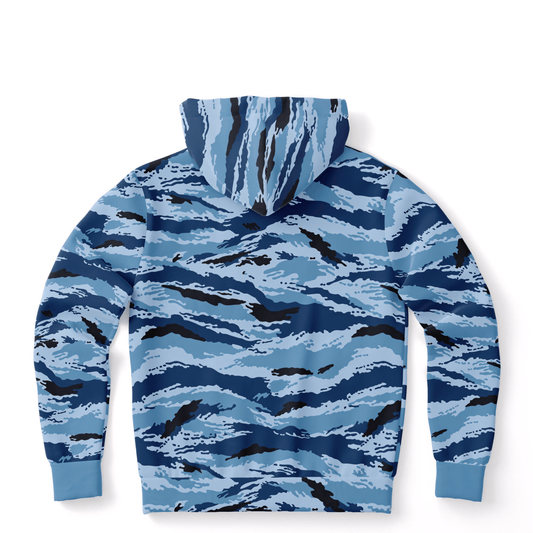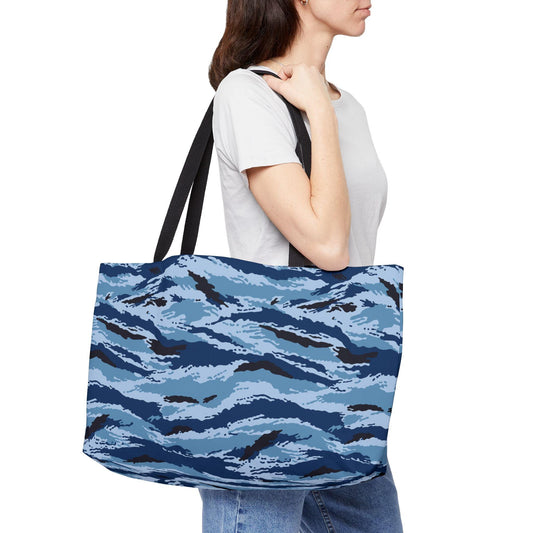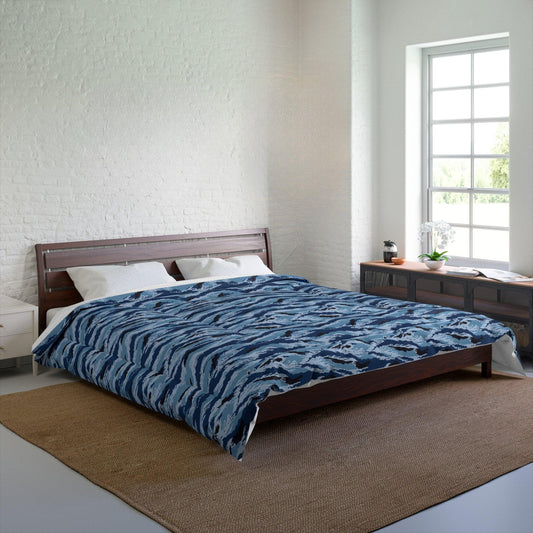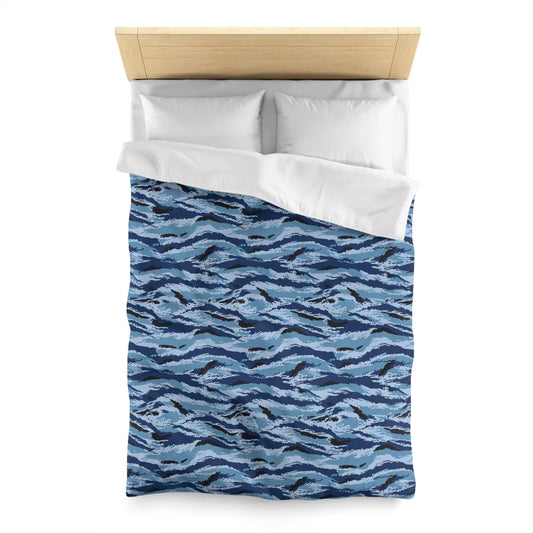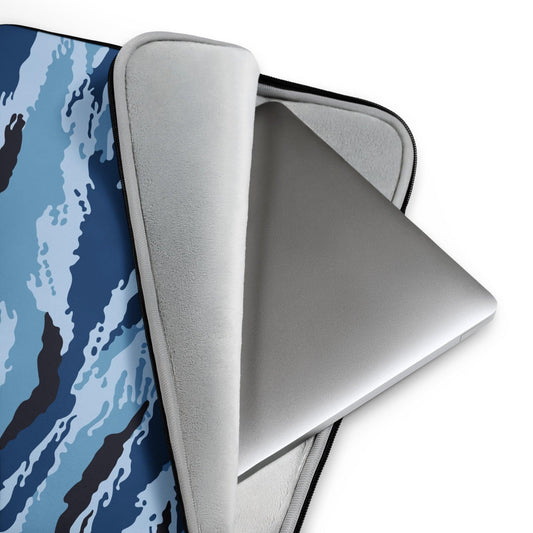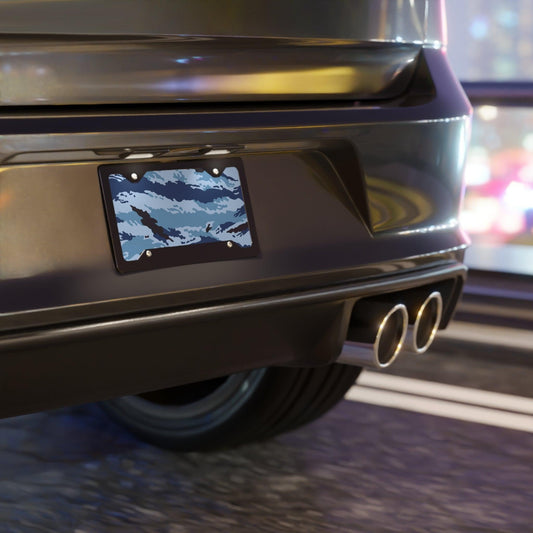

-
Kamysh Blue Camo 10oz Tumbler
Regular price $26.50 USDRegular priceUnit price per -
Kamysh Blue Camo 18" Throw Pillow
Regular price $32.95 USDRegular priceUnit price per -
Kamysh Blue Camo 2.5″ Inseam Tech Shorts
Regular price $37.20 USDRegular priceUnit price per -
Kamysh Blue Camo 20oz Tumbler
Regular price $29.73 USDRegular priceUnit price per -
Kamysh Blue Camo 22” Throw Pillow
Regular price $36.95 USDRegular priceUnit price per -
Kamysh Blue Camo AirPod Cases
Regular price $19.19 USDRegular priceUnit price per -
Kamysh Blue Camo All-Weather Car Mats (Set of 4)
Regular price $92.23 USDRegular priceUnit price per -
Kamysh Blue Camo Back Seat Car Mats (Set of 2)
Regular price $32.06 USDRegular priceUnit price per -
Kamysh Blue Camo Backpack
Regular price $42.95 USDRegular priceUnit price per -
Kamysh Blue Camo Basketball Jersey
Regular price $45.50 USDRegular priceUnit price per -
Kamysh Blue Camo Beanie
Regular price $17.00 USDRegular priceUnit price per -
Kamysh Blue Camo Bike Shorts
Regular price $35.50 USDRegular priceUnit price per -
Kamysh Blue Camo Bodysuit
Regular price $58.95 USDRegular priceUnit price per -
Kamysh Blue Camo Boxer
Regular price $26.95 USDRegular priceUnit price per -
Kamysh Blue Camo Carry-On Roller Suitcase
Regular price $149.92 USDRegular priceUnit price per -
Kamysh Blue Camo Cloth Napkin Set
Regular price $24.95 USDRegular priceUnit price per -
Kamysh Blue Camo Computer Desk Mat
Regular price $23.50 USDRegular priceUnit price per -
Kamysh Blue Camo Cropped T-Shirt
Regular price $32.25 USDRegular priceUnit price per -
Kamysh Blue Camo Crossbody Bag
Regular price $27.95 USDRegular priceUnit price per -
Kamysh Blue Camo Dog Collar
Regular price $23.95 USDRegular priceUnit price per -
Kamysh Blue Camo Dog Leash
Regular price $24.90 USDRegular priceUnit price per -
Kamysh Blue Camo EVA Clog
Regular price $42.00 USDRegular priceUnit price per -
Kamysh Blue Camo Football Jersey
Regular price $55.00 USDRegular priceUnit price per -
Kamysh Blue Camo Front Seat Car Mats (Set of 2)
Regular price $45.04 USDRegular priceUnit price per -
Kamysh Blue Camo Hardback Notebook
Regular price $19.85 USDRegular priceUnit price per -
Kamysh Blue Camo High-Waisted Bikini Set
Regular price $48.95 USDRegular priceUnit price per -
Kamysh Blue Camo Hockey Jersey
Regular price $58.50 USDRegular priceUnit price per -
Kamysh Blue Camo Hoodie
Regular price $58.50 USDRegular priceUnit price per -
Kamysh Blue Camo Horizontal Tote
Regular price $31.67 USDRegular priceUnit price per -
Kamysh Blue Camo iPhone 17 Field Case
Regular price $23.60 USDRegular priceUnit price per -
Kamysh Blue Camo King Bed Comforter
Regular price $136.16 USDRegular priceUnit price per -
Kamysh Blue Camo King Bed Duvet Cover
Regular price $125.40 USDRegular priceUnit price per -
Kamysh Blue Camo King Bed Duvet Cover
Regular price $102.55 USDRegular priceUnit price per -
Kamysh Blue Camo Laptop Sleeve
Regular price From $27.95 USDRegular priceUnit price per -
Kamysh Blue Camo License Plate
Regular price $14.50 USDRegular priceUnit price per



